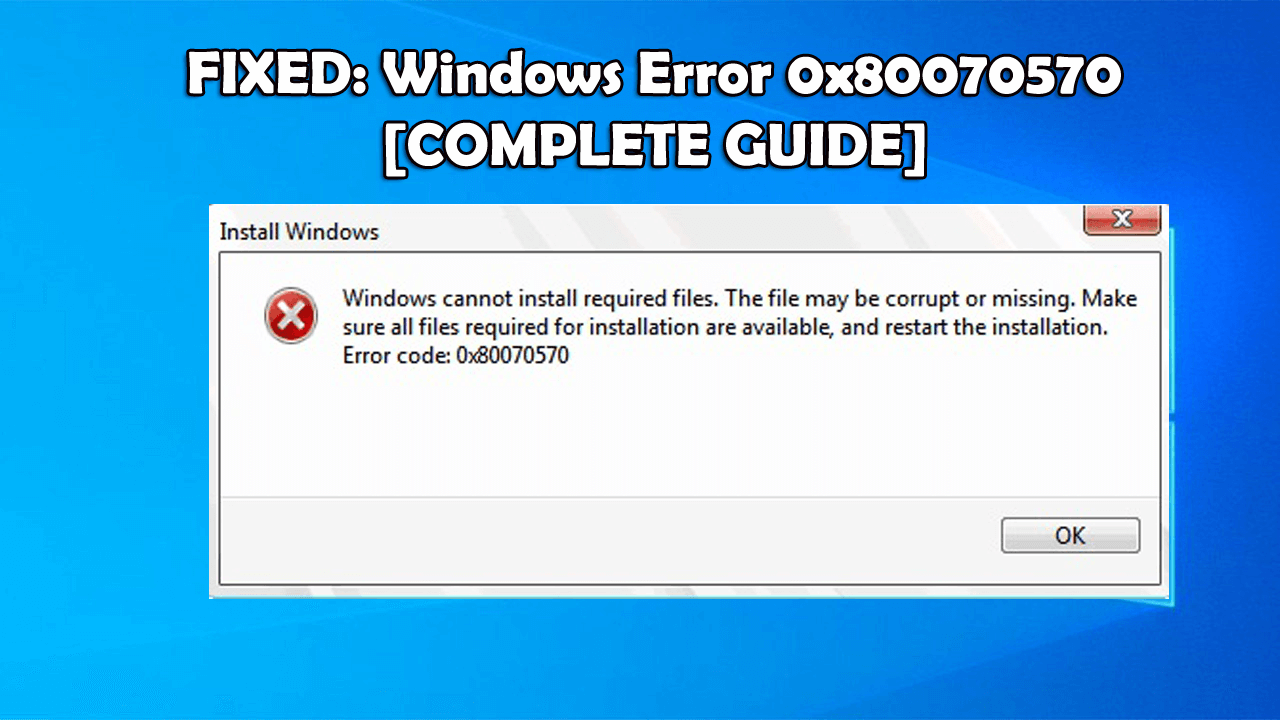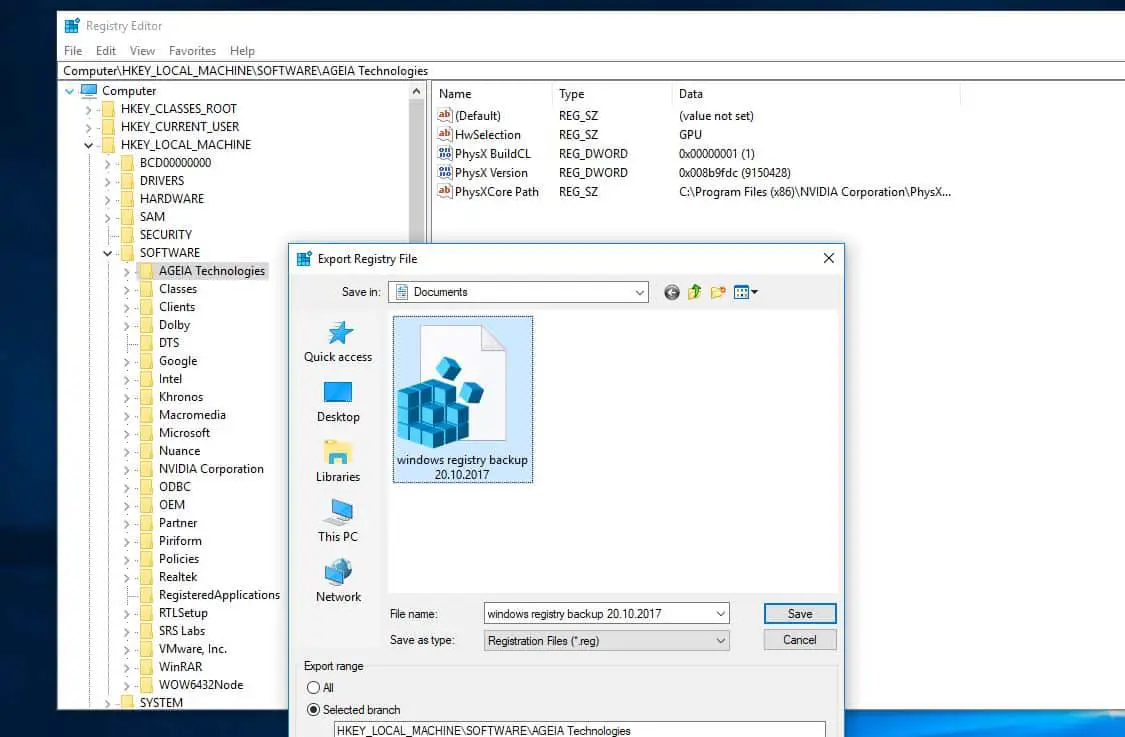
This key is sometimes abbreviated as HKCU.Ĭontains all the actively loaded user profiles on the computer. This information is associated with the user's profile. The user's folders, screen colors, and Control Panel settings are stored here. Folder/predefined keyĬontains the root of the configuration information for the user who is currently logged on.

The maximum size of a key name is 255 characters. The following table lists the predefined keys that are used by the system. Security features in Windows let an administrator control access to registry keys. In Windows Millennium Edition, the registry files are named Classes.dat, User.dat, and System.dat. In Windows 98, the registry files are named User.dat and System.dat. System, System.alt, System.log, System.sav, Ntuser.dat, System, System.alt, System.log, System.sav Also, the lack of an extension may sometimes indicate the type of data that they contain. The file name extensions of the files in these folders indicate the type of data that they contain. The supporting files for HKEY_CURRENT_USER are in the %SystemRoot%\Profiles\Username folder. The supporting files for all hives except HKEY_CURRENT_USER are in the %SystemRoot%\System32\Config folder on Windows NT 4.0, Windows 2000, Windows XP, Windows Server 2003, and Windows Vista. A registry hive is a group of keys, subkeys, and values in the registry that has a set of supporting files that contain backups of its data. Although the Registry is common to several Windows operating systems, there are some differences among them. ini files that are used in Windows 3.x and MS-DOS configuration files, such as the Autoexec.bat and Config.sys. The Registry replaces most of the text-based.

The Registry contains information that Windows continually references during operation, such as profiles for each user, the applications installed on the computer and the types of documents that each can create, property sheet settings for folders and application icons, what hardware exists on the system, and the ports that are being used. The Microsoft Computer Dictionary, Fifth Edition, defines the registry as:Ī central hierarchical database used in Windows 98, Windows CE, Windows NT, and Windows 2000 used to store information that is necessary to configure the system for one or more users, applications, and hardware devices.


This article describes the Windows registry and provides information about how to edit and back it up.Īpplies to: Windows 10 - all editions, Windows Server 2012 R2 Original KB number: 256986 Description of the registry


 0 kommentar(er)
0 kommentar(er)
